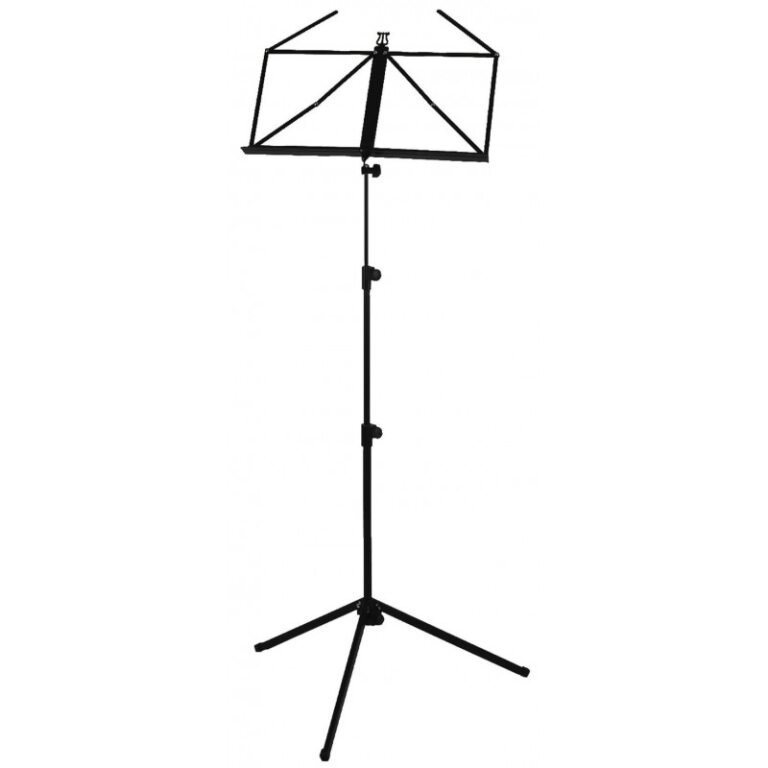Not available
Orff, Carl: Rota
'Sumer is icumen in''
part
存款: Tr.1 part
器乐创作: 4 Bfl-S/Trp, 2 Gamben/Va/Pos, Vc, KB, Fag, Pk, Schlgz (Glsp, Xyl)
页数: 4 页
Weight: 0.01 kg
首次出版: 1976年6月1日
出版者: Schott
刊物代码: ED6412-15
其他出版代码: ED 6412-15
ISMN: 9790001068147
The first known canon of European art music, now in the British Museum in London, is preserved in a thirteenth-century manusript from the English abbey in Reading: This is the so-called ''summer canon'', whose verses greet the advent of summer. An accompanying note elucidates the artistic layer-like construction of the sound structure: a two-voice foundation of bell-like, swinging pendulum tones supports an upper structure of four voices which enter at equal time intervals. The note terms the canon ''rota'' - round -, which makes reference to the turning, circling movement of the constantly pulsating sound. The circular figure originates in a vital, ages-old moving force in music-making, and it demands a dance-like execution. But the canon is also, through the interaction of the strictly ordered voice entries, convivially bound musical form. Carl Orff was able to choose no better fitting musical form for the ''Greetings to Youth'' at the Olympic Games 1972 in Munich than the medieval r ota. In the connexion of the singing voices with the Orff instruments, today in world-wide use, a testimony of European tradition sounds in a living present.
 Deutsch
Deutsch English
English Español
Español Français
Français Magyar
Magyar Polski
Polski Română
Română Slovenský
Slovenský Slovenščina
Slovenščina
